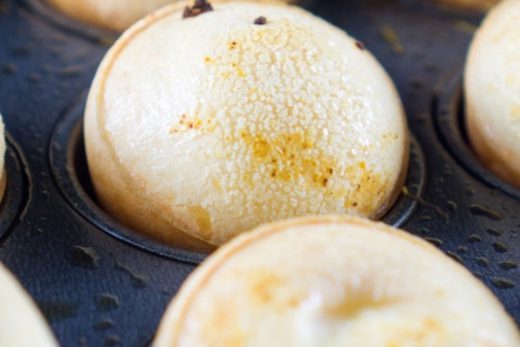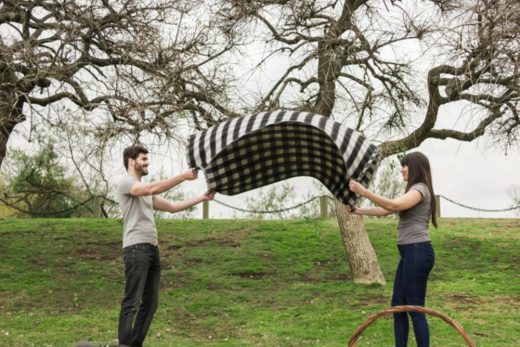This process ensured that the intestines were cleaned up without being pierced. Nowadays, what happens is that a hose is attached to one end and then water pumps out whatever’s inside the intestines—the joys of modern technology. After the intestines were stuffed, the mutura was then either roasted directly or, before the roasting, boiled together with the head and lower legs (mathagiro) of the goat. The sausage was then roasted until its exterior achieved a golden brown.
Among the Gikuyu, mutura was not the only type of ndundiro, or sausage.
But the illicitness of mutura is the point, and it adds glory to the entire experience: eating it under cover of darkness; eating it by the side of the road; eating it with your hands, which are, more likely than not, unwashed; and not thinking about where the meat is gotten from, especially since meat in Nairobi is under a lot of scrutiny for having failed numerous health checks; it’s all part of the deal. The first time I discovered mutura as an 11-year-old in Kisumu, I knew instinctively that my parents wouldn’t approve, and so I ate it with delight.





